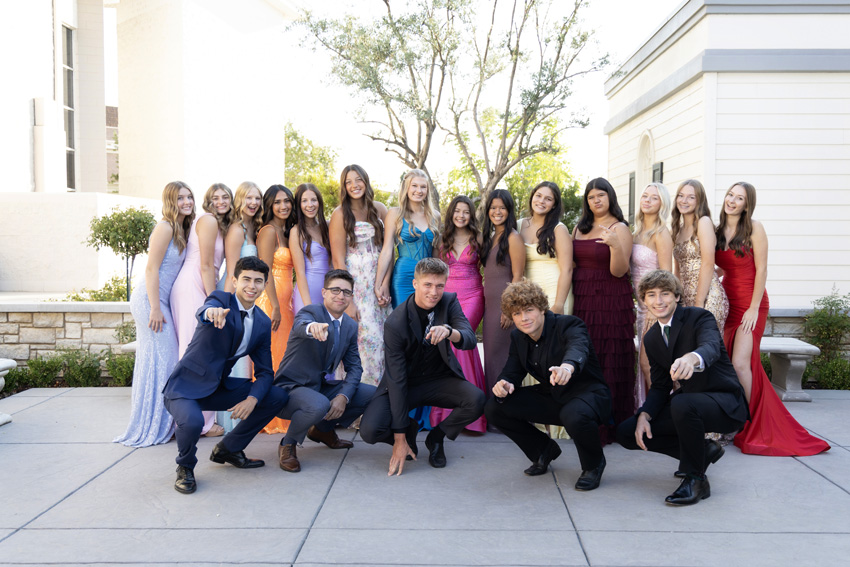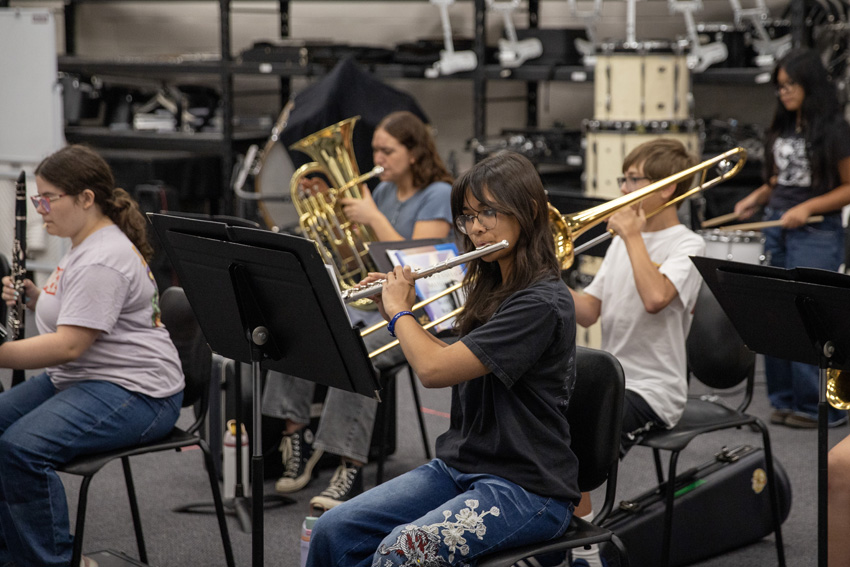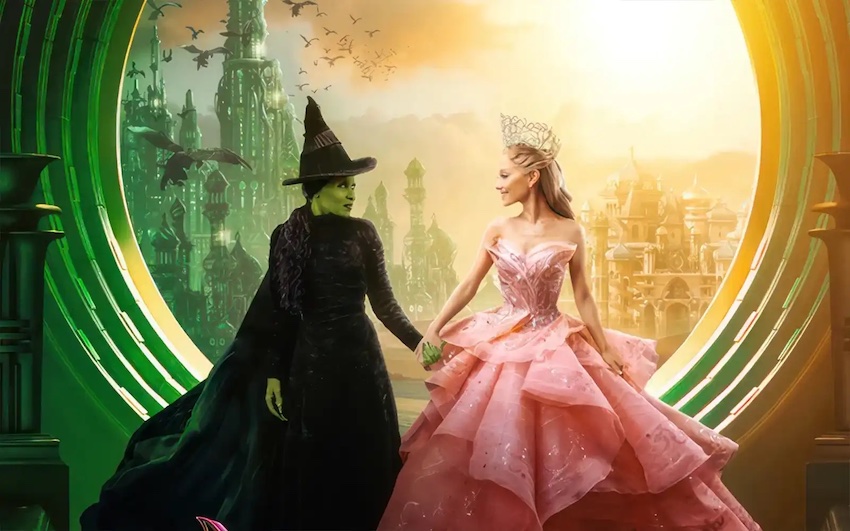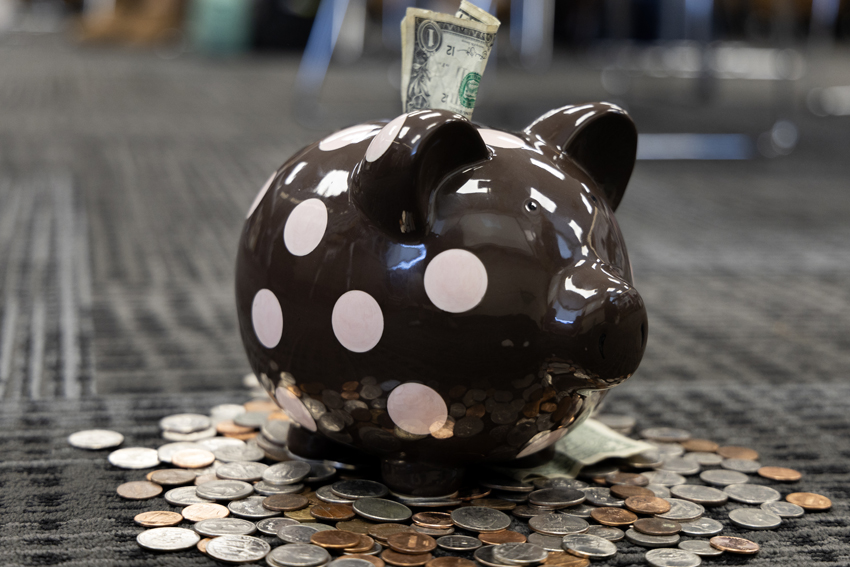While families and students walked down rows of tall, white booths, the sound of a gong could be heard in the background. The smell of mochi rice (a dessert served with sugar and soy sauce) floated in the air as peaceful pond water added to the serenity of the garden.
At the Clark Center for Japanese Art & Culture in Hanford, volunteers dressed in kimonos and helped make origami at the Japanese New Year Festival: the Year of the Rat, Jan. 19.
Dorothy Callihan-Weiss has been a volunteer at the Clark Center for two years.
?Our main goal is to introduce the world to Japanese culture,? Callihan-Weiss said. ?The interior of the museum is changed several times per year, over and above seasonal. I love it here.?
Activities ranged from archery and mochi-tsuki to karuta (a matching game).
According to We Japanese by H. S. K Yamaguchi, ?I-ro-ha Karuta, (karuta corrupted from ?card?) is a juvenile card-play that is very popular among young children, especially during New Year. The game has two sets of many cards each, one for ?reading? and the other for ?taking?.?
The gallery was also open for tours for two hours as curator Daniel McKee spoke about the historical items in the museum.
?My experience at Japanese New Year was fantastic because I was able to learn a lot about a culture that is really different from what I?m used to,? Isa Chancey, senior at Edison High School, said. ?I participated in origami, listened to a lecture and ate traditional Japanese cuisine.?
Drew Wiese, `09, recently finished reading the book Farewell to Manzanar by Jeanne Wakatsuki Houston, with the rest of the junior class.
?The Japanese take family seriously,? Wiese said. ?It is important to acknowledge other cultures because it is a part of our history. I would like to visit the Clark Center sometime.?
Passers-by also had opportunities to create mochi bana, a decoration resembling peach blossoms.
Louise Dwiggins, four year volunteer at the Clark Center, makes mochi rice for special occasions.
?Mochi is a traditional food made to celebrate special celebrations,? Dwiggins said. ?It is made from sweet rice which is steamed and traditionally pounded by mallets in a huge bowl. Today we bypass all that and buy the rice.?
Yoko Kilbourne, high school secretary, acknowledges the changes in celebrations with the coming of modern times.
?Back in the olden days, girls would play hanetsuki, a game similar to badminton,? Kilbourne said. ?It was played with decorated wooden ?rackets? and the bird was made of feathers stuck in a hard dried black bean.?
In Japan, New Year’s Day is very important for turning a new leaf.
?Everything would close for three days. Everyone paid their debts before Dec. 31 and did a thorough house cleaning,” Kilbourne said. “Children got special money on New Year?s Day and the door posts were decorated with New Year decorations made of bamboo, pine and decorative rice paper.?
While celebrations today may not be 100% traditional, students appreciate them regardless of the changes.
?I think that it?s important to celebrate the new year,? Chancey said, ?because we need to show that we embrace things from around the world and that we appreciate everything the world has to offer.?
The Clark Center will host the 8th Annual Spring Festival, April 20.






